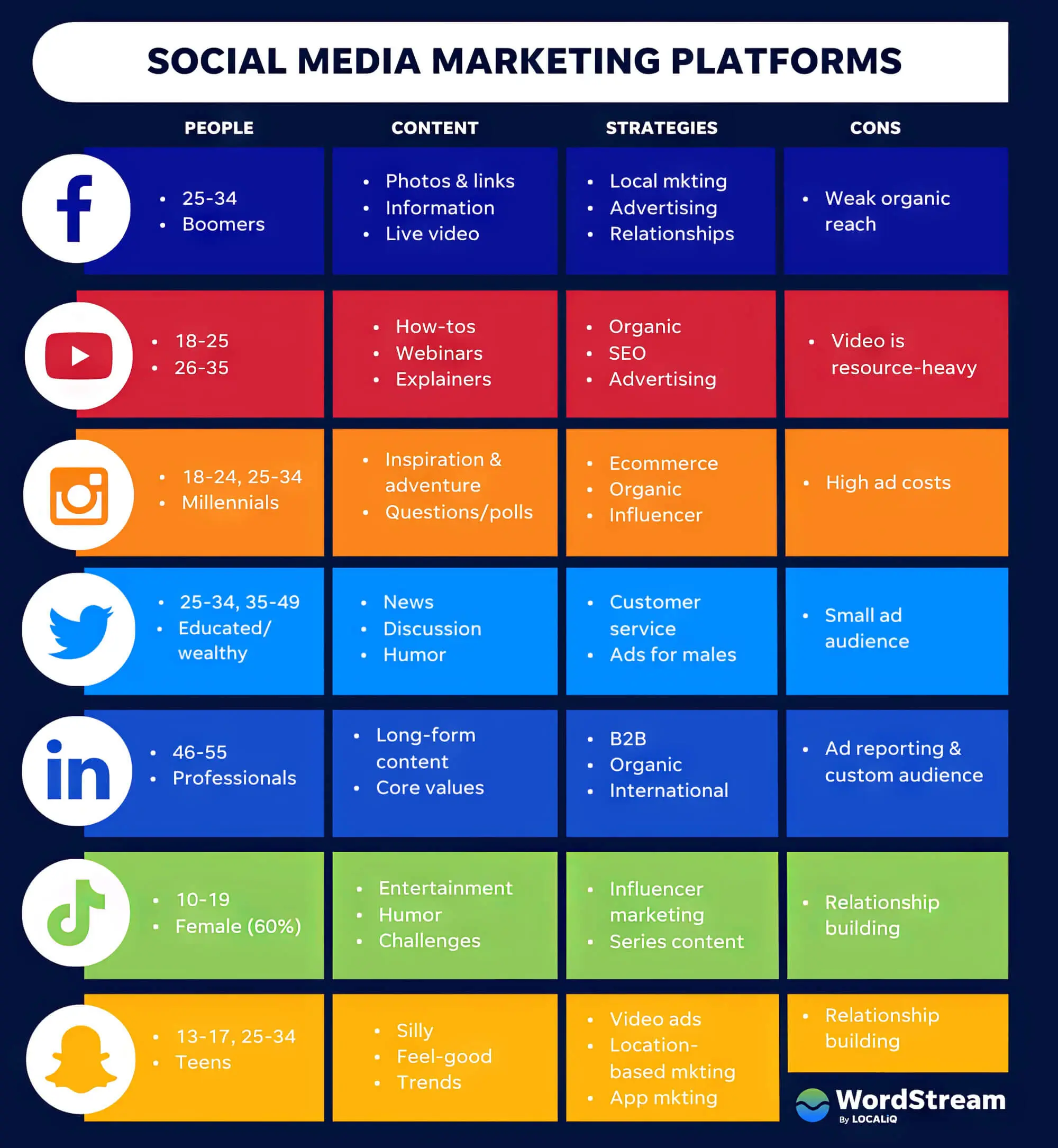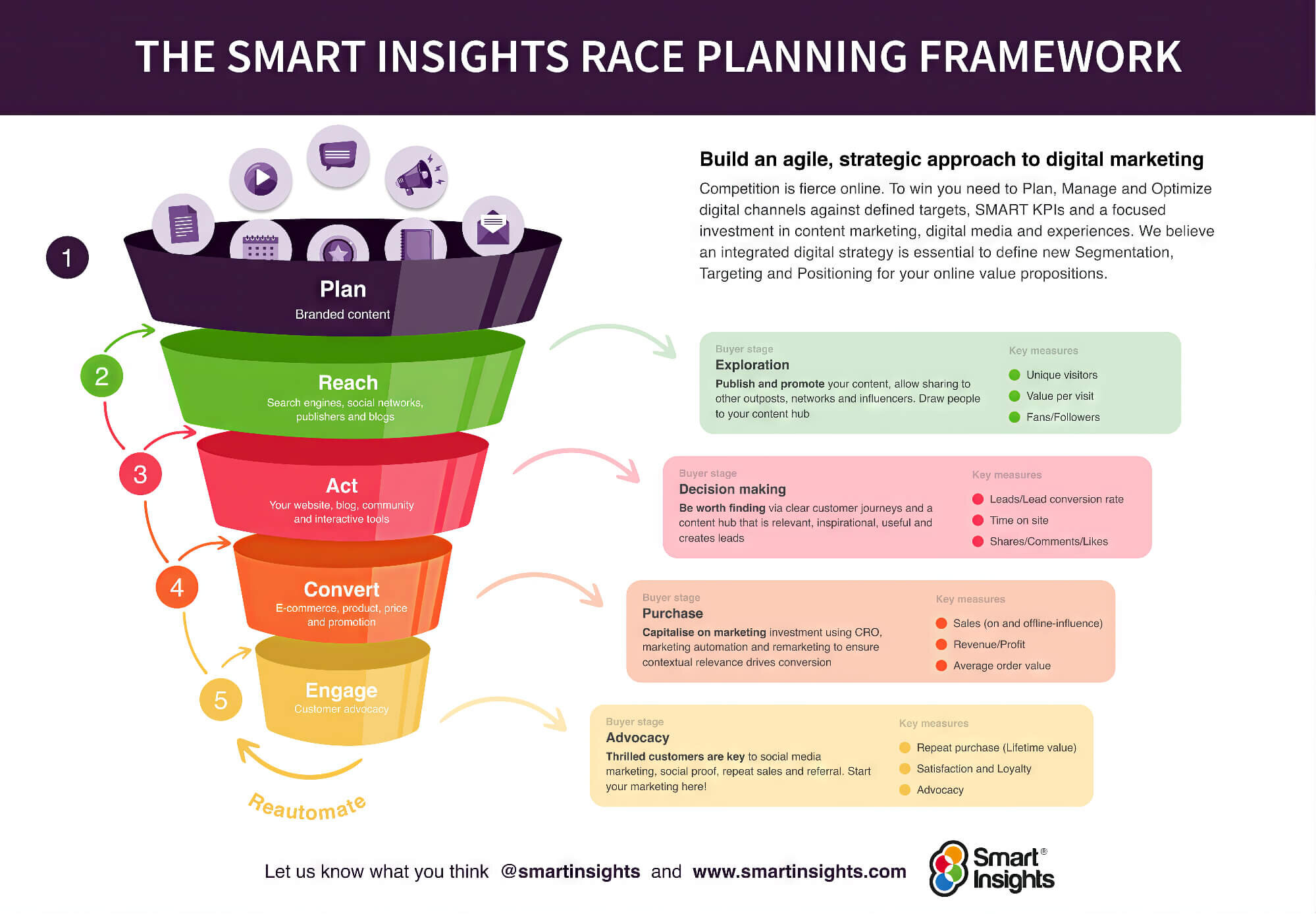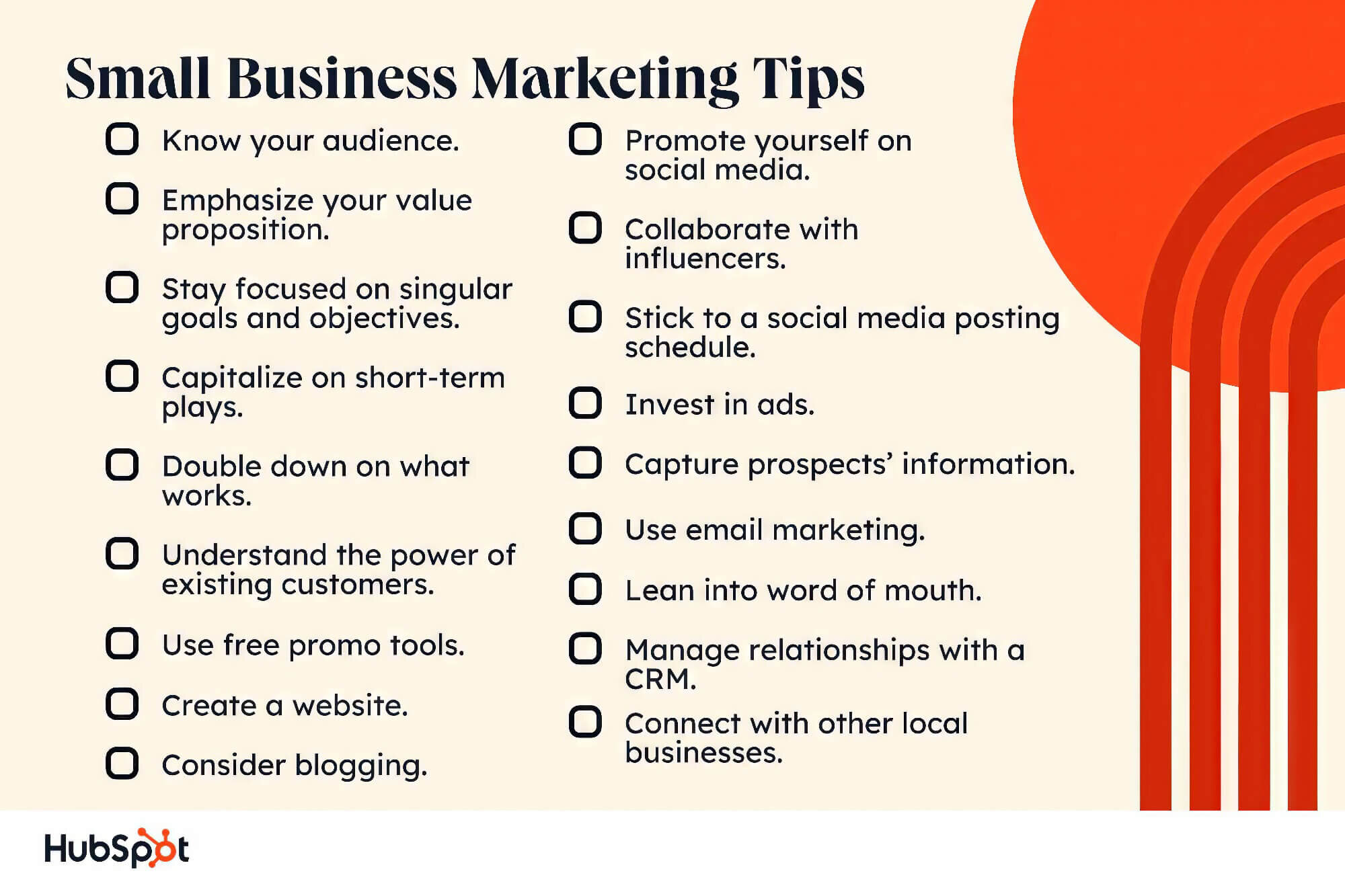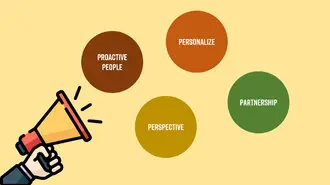There are plenty of fresh marketing opportunities and tactics ready to be explored. If you’re thinking about launching a marketing campaign for your business, there’s no time like the present!
If you’ve decided to start a marketing campaign, it is crucial to understand the various strategies. The first thing to look for is a marketing programme.
After all, blindly rushing with a marketing campaign with no plan will net few results, if at all. it’s crucial to identify the best plan that suits your business goal and helps you gain the highest ROI while considering the cost within your marketing budget.

Marketing strategy is more complex. Many considerations play into a successful marketing plan, such as your business objectives outlined in your business plan, target market, and current trends. These factors describe the landscape for your strategy, providing opportunities to discuss specific elements.
With our ever-shifting world, a new year brings many changes to the marketing scene that require careful marketing planning. A thorough competitive analysis within the planning process will show that strategies employed in 2025 won’t work in 2025.
So, to help you learn the ins and outs of marketing strategy, including direct mail and how to create them in great detail, we’ve created this comprehensive guide, complete with marketing plan FAQs.
Utilise this knowledge to enhance your campaigns and leave no marketing efforts spared in our marketing plan as we move into 2025!
Must-Have Marketing Strategies For All Marketing Types
You need to remember something about marketing: only some kinds of plans work against your competition for some brands or businesses.
Define your target effectively; here is an executive summary, as people rarely interact with things they are not interested in based on research. And it’s only natural that you market your brand to those who are more likely to engage with it rather than those who aren’t.
Here’s a brief overview of these marketing types and what you need to create a successful 2025 marketing plan template that meets each type’s needs.
1. Social Media-Oriented Strategies
Social media influence has seen exponential growth in recent years, and it would be folly to refrain from leveraging it to your advantage. Influencers, user-generated content, and live streams all have great support from followers. It is essential to follow trends, and building your marketing plan around them is generally safe.
These marketing strategies evolve from good old word-of-mouth promotions. After all, people are more likely to engage with a service or product if they hear about it from someone they know and trust.
And since the boundaries between influencers and their audience are minimal, collaborating with the former combines with traditional marketing to help your brand tremendously. Here’s a fun fact: a vast majority of marketing plans revolve around social media influencer marketing.
This strategy forms a vital part of the marketing mix, effectively positioning your brand for success for various compelling reasons.

This increases brand awareness, improves public trust in your brand, helps you reach new areas of your target markets quickly, and effectively attracts potential customers. Maintaining your brand relationship with a social media influencer benefits both parties.
Next, you can move on to live streams and user-generated content. Both can become key pillars of your marketing strategy, as they help eliminate the barrier between the brand and the audience with a dynamic marketing approach, allowing you to share insights and connect directly.
Live videos and interactive content are great ways to measure engagement to reach your target audience. This approach makes it easy to see, particularly with short-form content and user-made reviews.
The right marketing approach shows no better way to gain public trust and optimise for Google than to put consumer feedback front and centre in your online advertising and digital marketing strategies for 2025, using advanced metrics to analyse effectiveness.
2. Consumer-Oriented Strategies
These strategies revolve around user needs and giving them the desired personalised experience. You can consider making a customer journey map to represent their buying process and what went through their minds. It can be a valuable tool for downloading processes and developing a cohesive user experience.
Another way you can get the word going about your website is to change up the UX. The current UX trends dictate that minimalism is how to gain better engagement.
Consider making your site free of intrusive ads and pop-ups while simplifying the interface. Other additions are voice-controlled interfaces, animated button prompts and website elements, appealing colours, interactive videos, block web design and more.

Lastly, you can incorporate voice search as an SEO tool to answer short queries. Some more complex search queries may also work, but responding fully may take time, so testing your strategies is good.
You can adapt how you frame the pertinent information based on the user’s intent. It is more important now than ever that the content or blog post they interact with has a casual and conversational tone to reach your customer base, calling to list specific features. This quality is what voice search tactics strive to leverage. Instant and high-accuracy answers will only improve user experience and engagement.
3. Brand-Oriented Strategies
Building brand identity is the most critical factor when drawing a 2025 marketing plan to outshine competitors.
This article highlights how public perception can often determine a brand’s success in its initiatives and goals, adding value at each stage.
Creating a unique selling proposition, as outlined in your mission statement, and competitive pricing aren’t enough to build a competitive price strategy for a brand in the modern day. With the reach and resources at the disposal of large brands, they are also expected to give something back to society.
What a brand stands for is a simple point to include in your organisation, which can dramatically affect new customers. Something as fundamental as using sustainable resources for packaging can motivate people enough to check a brand out. Every socially beneficial step, small or large that employs the channels, available counts.
These socially beneficial practices include public awareness campaigns for societal problems, donations, sponsored community activities and services, and fair trade practices.

Another practice that benefits brands massively is inclusivity. By including more people from all communities in its marketing activities, a brand can promote gender diversity, equality, and inclusion.
The problem with inclusivity and rights has been around for decades, and even a small gesture can help the community and your brand image. This can lead to the message resonating with a large percentage of your target audience, further adding authenticity to your brand.
Lastly, understanding consumer practices is crucial to the marketing industry and brand image. This is particularly the case with customer privacy, as several concerns have been raised about how some companies use private data.
By ensuring the customer’s privacy and providing them with a secure system, you will make them feel safer when inputting personal information.
Ensuring The Inclusion Of All The Must-Haves
You will want to include all the must-haves mentioned above in your 2025 marketing strategy as a brand. To do so, you may set marketing objectives.
Marketing objectives can document a series of milestones that include the necessary steps to reach your business goals. This will ensure that every step, employing the right tools, is in place within your marketing process is completed. You can also provide instructions to everyone who is succinctly involved in the marketing.
Assigning different team members to specific marketing objectives is a great way to manage KPIs effectively. This approach allows your team to track the brand’s progress and its visibility in the public eye, ensuring everyone plays a role in reaching your goals.
Keep your marketing goals achievable, relevant, and time-bound to ensure that your brand is always moving forward.
FAQs
1. What are the benefits of marketing strategies?
As a brand, attracting fresh eyes to your products or services is essential. But don’t forget the importance of keeping your existing customers engaged and satisfied. Along with bringing in new clients, focus on strengthening relationships with your current ones, boosting sales, and enhancing customer retention.
A marketing plan allows you to execute a proper, well-thought-out plan to achieve success. In terms of execution, it offers a high-level outline of how the company can reach its desired goals and what to do afterwards. You will be maximising ROI and customer satisfaction in your 2025 marketing plan.
A key element of a marketing plan is the turbulent nature of the market. The world constantly changes, and marketing plans must be flexible to accommodate said shifts. While your promotion goals as a brand remain the same, the way you go about them will change in the long term from one year to the next.
2. How do we keep the marketing plan updated and relevant in 2025?
It’s the age of digital communication, with thousands of brands vying for the consumer’s attention. A brand must find ways to stay updated and in touch to ensure it is remembered in the public consciousness. Brand relevance is critical to surviving in both the physical and digital marketplaces.
You can consider a brand relevant and updated with these sign indicators:
- High customer engagement with the brand, enhancing social media engagement
- Regular sales of products and services
- High customer referrals
These three, along with conducting a SWOT analysis to assess strengths and weaknesses, are the telltale example signs of a brand that walks with the times and is prepared for the future while remaining in the active consciousness of the public. The quality of services a brand provides will also heighten its relevance, further helping it increase its public image.
To create a marketing plan and increase the reputation and relevance of your brand, you can try the following section:
- Know what your target audience wants
- Keep up with current trends
- Bring updates to your brand
- Establish a set of core values
Elevate Your Business Strategy with a 2025 Marketing Plan
Marketing trends are ever-shifting, and marketing initiatives need to evolve with the times. Today, having a social impact and a great product or service is equally valuable in the eyes of the public.
By focusing on your target customers, maintaining relevance, and incorporating essential elements in your 2025 marketing plan, eCommerce businesses can enhance their brand reputation significantly.
Your plan will have to evolve as the business grows, and consequently, it will require you to streamline the marketing campaigns. With marketing teams dedicated to specific objectives, you can simplify the marketing strategy to a degree.
Remember that an eCommerce marketing plan with a high impact and adaptability is the key to staying relevant. Focus on your clients and customers first, leverage social media platforms and build your brand image to grow continuously and reliably.
If you need professional help with your marketing plans, seek out the services of sitecentre®. We can ensure that your marketing strategies include all the must-haves for people to read, generating the most leads for your brand.





